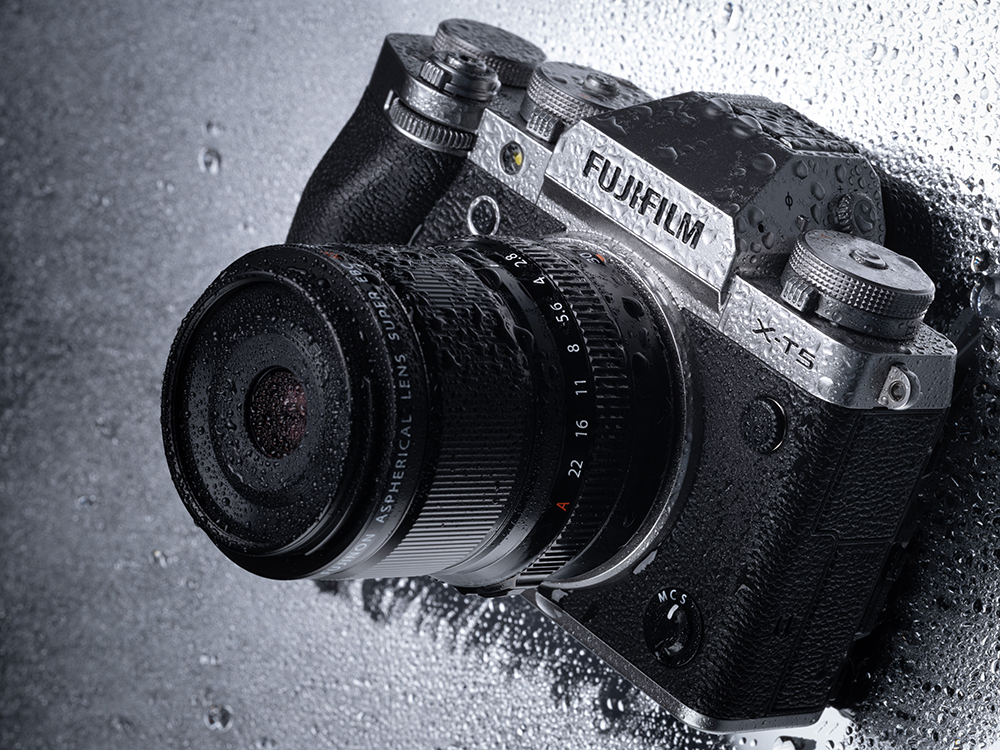- Call us: 01444 237070
- Contact Us
- Stores
- Sign In / Register
-
- Back
- Used Cameras
- Used Accessories
- Used Lenses
- Used Video
- Used Film Equipment
- Used Stock Alert
- Used Blank Test
- Sell or Part Exchange
- Used Clearance
- Recently Added Used Equipment
- Park Picks
- All Used Black Friday Deals
- Faulty
- Used Week Offers
- Back
- Trade-In
- Blog
- New in
- Call us
- Contact us
- Stores
- Sign in
- Categories
- Tips & Inspiration
- Reviews
- News
- Events
- Features
- Buying Guides
- Competitions
Fujifilm X-T5 Review
It’s been eight years since Fujifilm created their first state-of-the-art APS-C format XT-1 camera and the fifth generation has launched in 2022, arriving with a host of upgrades and newly developed technology.
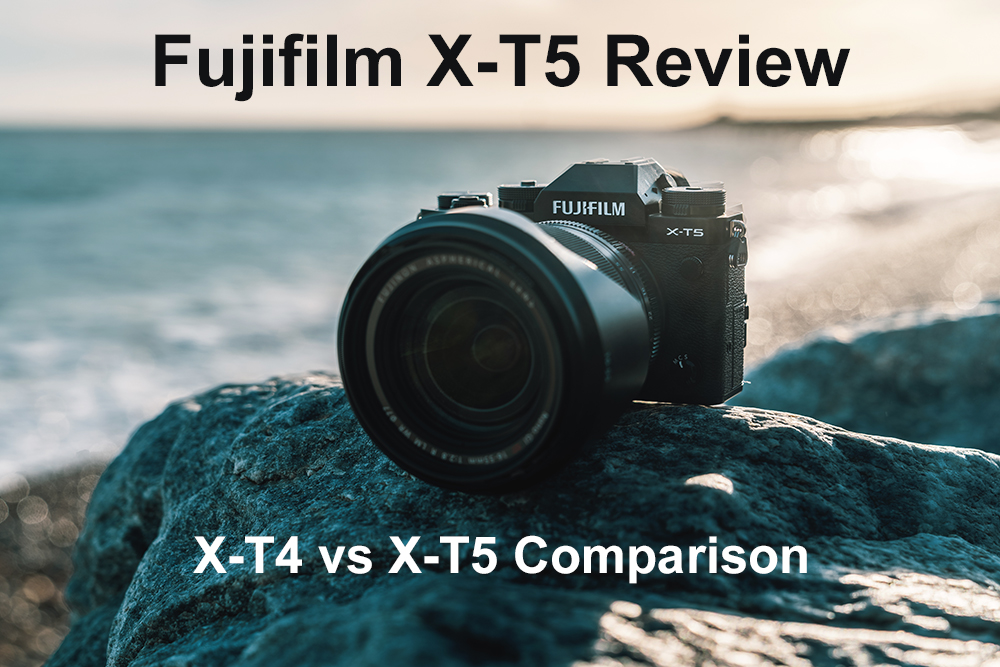
The X-T5 is designed for content creators who love Fuji’s analogue ergonomics, with physical dials and retro styling, which is wrapped in a compact, lightweight and powerful body. Our Fujifilm X-T5 review has everything you need to know, whether you’re a seasoned Fujifilm mirrorless camera user or considering switching to this lightweight system for your content creation.
Read on to discover the best new features, key upgrades and specifications, including the headline 40 megapixel image sensor, which is paired with the latest X Processor 5.
Fujifilm X-T5 key specifications
The Fujifilm XT-5 includes a tweaked exterior design, as well as new technology inside, combining features from both of the recently released X-H2 and X-H2S into the popular X-T form factor.
Key features are aimed at providing a system which delivers the best image quality ever in the X-T range and include:
- Fifth generation high-speed X Processor 5
- APS-C format 40 megapixel X-Trans 5 HR BSI sensor
- 160M pixel-shift multi shots
- Base ISO 125 with lower noise
- 7-stops in-body stabilisation
- Slightly more compact size and 50g lighter
- Newly designed grip shape and 3-way tilt LCD
- 0.8x 3.69M dot 100fps blackout-free EVF
- Phase-detection AF with deep learning subject detection
- 10-bit 4:2:2 video
- 6.2K/30p and 4K/60p
- 13+ stops dynamic range using F-Log2, external recording ProRes RAW and BlackMagic RAW
- 15fps mechanical shutter and improved battery life with up to 740 frames per battery
These upgraded features show the level of refinement which Fujifilm has achieved in the latest release, with improvements throughout both technology and useability.
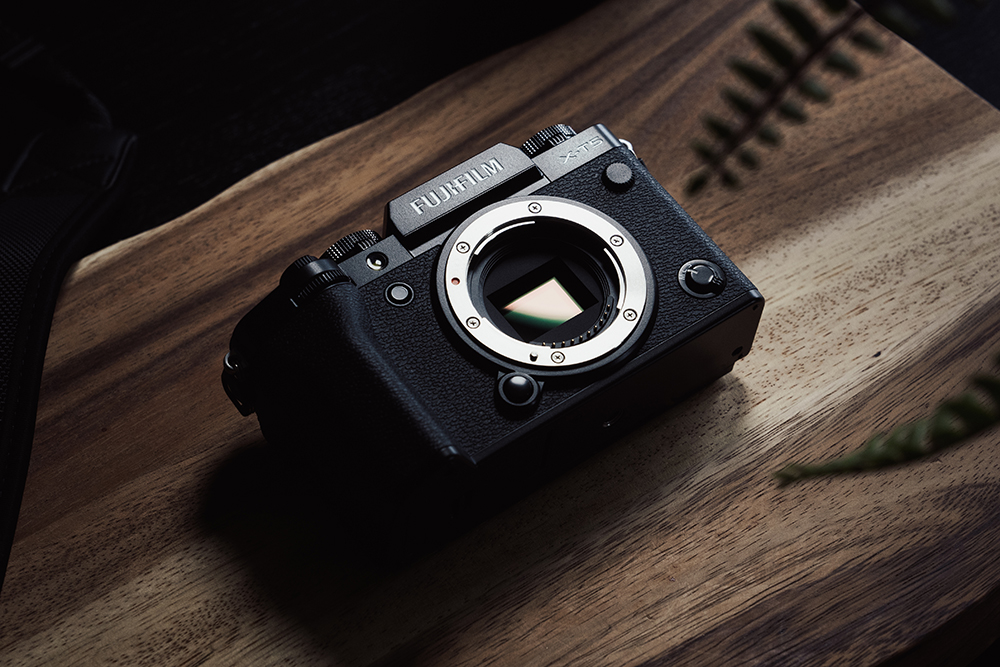
How much is the X-T5 and when did it launch?
The XT-5 will be available in November, following the 02 November 2022 launch, at a price of £1699 for the body-only. This is just £150 more than the existing X-T4 model, which costs £1,549.00. Fuji also launched a new XF 30mm Macro lens at the same time.
The X-T5 is available in two colours with two lens kits for each, as follows:
|
Camera |
Price |
|
£1699 |
|
|
£2049 |
|
|
£2149 |
|
|
£1699 |
|
|
£2049 |
|
|
£2149 |
|
|
£599 |
New X-T5 sensor
At the heart of the X-T5 is Fujifilm’s latest generation APS-C format sensor, which increases resolution to 40 megapixels from 26 megapixels, where it had remained for two previous camera generations. This is a significant resolution increase, providing large images sizes measuring up to 7728 x 5152 (3:2) and 6864 x 5152 pixels (4:3).
The new sensor not only provides more pixels, but also hosts 100% phase-detection coverage, with a 50% increase in the number of PDAF pixels (phase detection autofocus), from 2.16 to 3.33 million. This results in extremely accurate AF coverage across the entire frame, with the capacity to focus on particularly fine details, such as hair or grass.
Another benefit the X-Trans 5 HR BSI sensor provides is the ability to capture extremely high-resolution 160MP multi-shot images. This feature takes 20 stills by moving the sensor 0.5 pixels and then automatically stitches the images into a single DNG RAW file for processing.
This is a compelling addition if you need large sized prints, extremely fine detail in customer images, for archival purposes and to decorate your walls with large artwork.
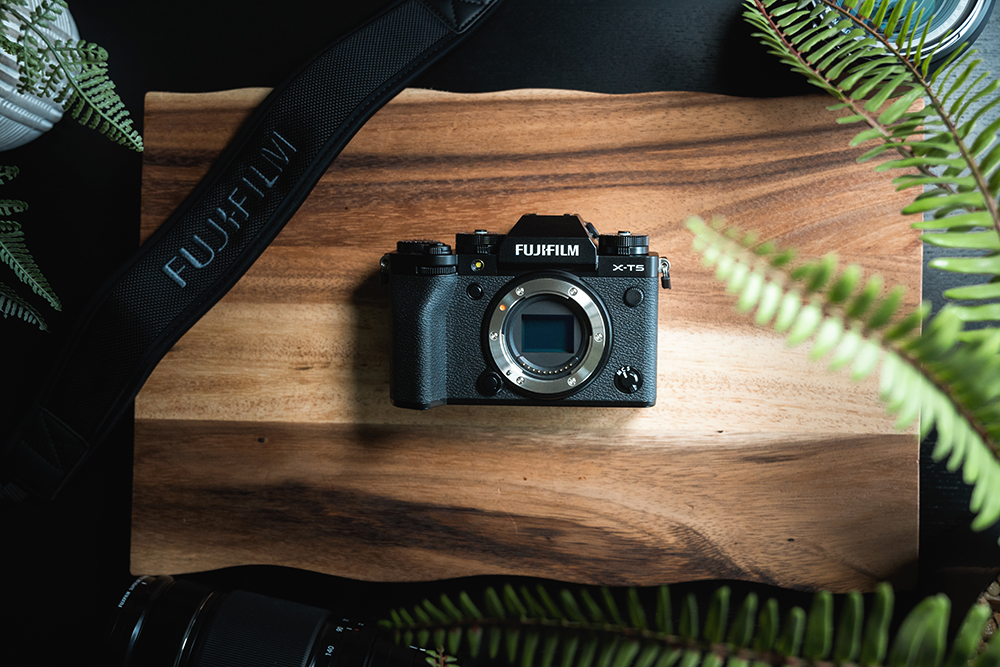
New X-T5 processor
Joining the new sensor is the X-Processor 5, which is Fuji’s latest generation imaging processor, designed to increase processing speed while reducing power consumption. The processor enables the camera to burst at 15fps with the mechanical shutter and 20fps in electronic shutter mode, at full 40MP resolution.
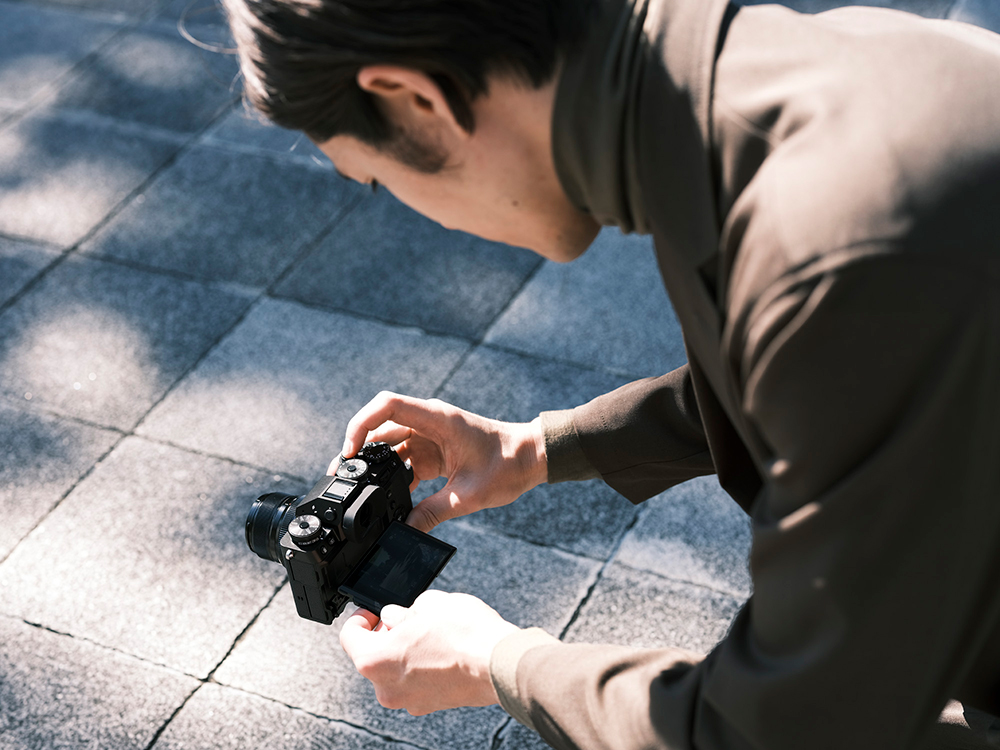
Newly developed AF technologies
X-Processor 5 is also behind newly developed autofocus technology, which powers Fuji’s deep learning AF algorithm. The AF algorithm has been updated in tandem with the video-centric X-H2S, with predictive AF for moving subjects and significant improvements to AF when objects are small in the frame.
Fuji also enhanced Face/Eye and subject detection through deep learning technology and the X-T5 recognises animals, birds, automobiles, bikes, airplanes and trains. When you add 50% more PDAF pixels to these upgrades you have a formidable phase-detection AF system, which recognises and accurately tracks more subjects than ever with an X-T series camera.
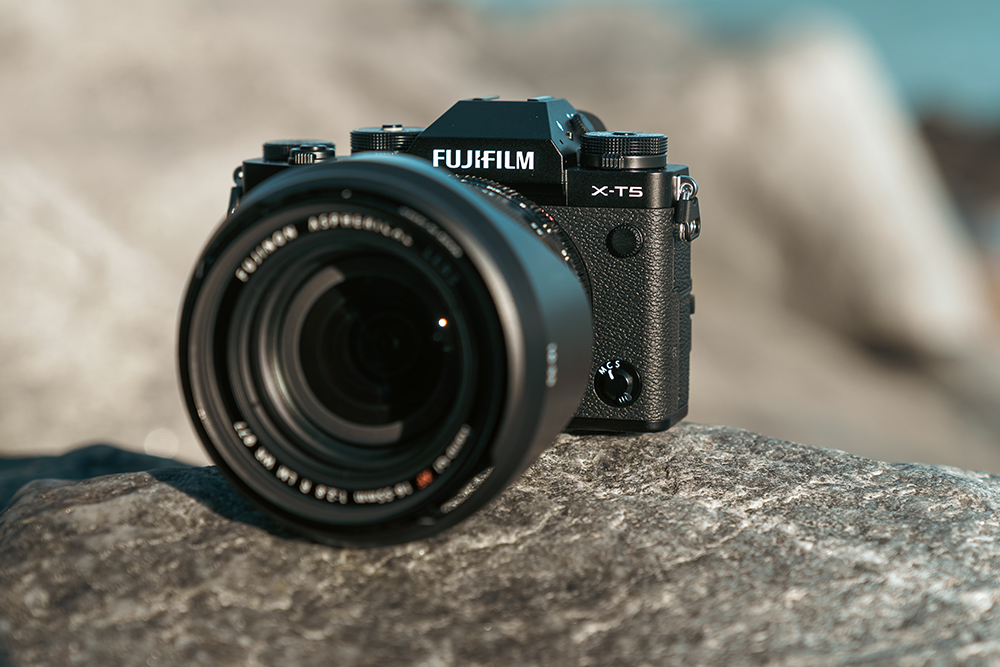
Evolved video performance
You can record up to 6.2K/30p 10-bit 4:2:2 video internally in the X-T5, without worrying about overheating for up to 90 minutes at 25ºC, which is impressive for such a compact camera. High speed recording formats include 4K/60p and Full HD 240fps for slow motion playback.
External recording over HDMI Type D to a video recorder allows you to capture ProRes RAW and BlackMagic RAW depending on your workflow. It would have been nice to see a full-sized connector which the X-H2 features, but you can still enjoy professional RAW recording with a slim cable. Fuji has also included F-Log2 profile for internal recording, which increases dynamic range from 12 to 13+ stops in the X-T5, helping to protect highlights from clipping and open shadows during processing.
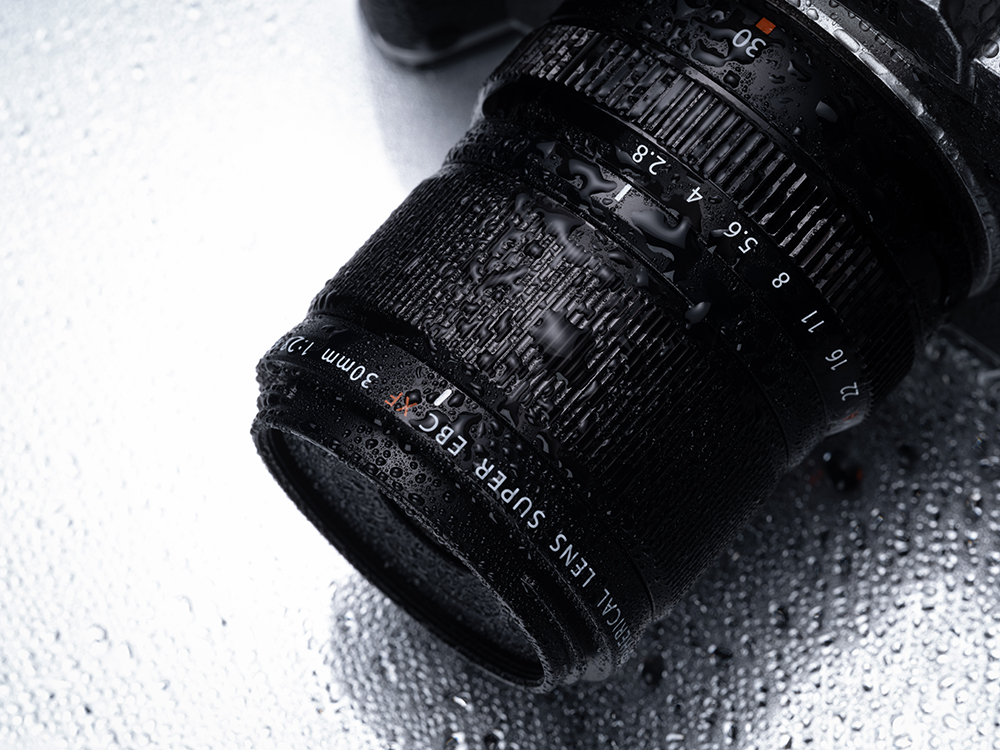
Enhanced EVF performance with new lens system
When looking through an electronic viewfinder you want blackout-free clarity, with sharp details and a high refresh rate. The updated EVF in the X-T5 checks these boxes, as well as switching twice as quickly between the LCD to EVF, so you never miss a shot from lag.
|
|
||
|
Finder magnification |
0.8x |
0.75x |
|
Finder resolution |
3.69 Mil. Dots |
3.69 Mil. Dots |
|
Refresh rate |
100fps / 60fps |
100fps / 60fps |
|
Eye point |
24mm |
23mm |
|
Display rag |
0.005sec |
0.005sec |
|
Maximum brightness |
800cd/m2 |
800cd/m2 |
|
Eye sensor reaction time (LCD-EVF) |
0.12sec. |
0.25sec. |
|
Eye sensor reaction time (EVF-LCD) |
0.16sec. |
0.25sec. |
|
Diopter adjustment |
-5~+3dp |
-2~+3dp |
X-T5 battery performance
Despite arriving with comprehensive performance upgrades, the X-T5 offers improved battery life compared to the previous generation. In economy mode you can capture 740 frames with each charge, or 580 frames in normal mode, up from 600 and 480 respectively in the X-T4.
This also provides advantages when travelling or shooting in the field, with fewer spare camera batteries required in your pack, although one or two spares are essential.
Storage media
Although the X-H2 and X-H2S both include one CFexpress and one SD card slot, Fujifilm has kept two SD card slots in the new generation X-T5. You’ll find plenty of high-speed UHS-II cards at reasonable prices, which record 6.2K video and 20fps continuous shooting.
Recommended cards include:
- Lexar 2000x series, which are available in 64GB, 128GB and 256GB options.
- Sandisk Extreme PRO UHS-II cards in 64GB and 128GB.
Fujifilm X-T5 Vs X-T4 specs comparison
The Fujifilm X-T5 Vs X-T4 specs comparison table highlights key upgrades, in order to help you decide about upgrading to the next generation X series body.
|
Image sensor |
23.5mm x 15.6mm (APS-C) X-Trans CMOS 5 HR with primary colour filter |
23.5mm x 15.6mm (APS-C) X-Trans CMOS 4 with primary colour filter |
|
Processor |
X-Processor 5 |
X-Processor 4 |
|
Number of effective pixels |
40.2 MP |
26.1 MP |
|
Max. video quality |
6.2K/30p 4:2:2 10-bit |
4K/60p 4:2:0 10-bit |
|
Max. Video recording duration |
approx. 90 minutes |
approx. 30 minutes |
|
Dynamic range |
13+ stops (F-Log2) |
12 stops (F-Log) |
|
Storage media |
SD memory card x2 UHS-I / UHS-II |
SD memory card x2 (UHS-I / UHS-II) |
|
Standard ISO range |
ISO125 ~ 12800 |
ISO160 ~ 12800 |
|
Image stabiliser |
7 stops |
6.5 stops |
|
Pixel Shift Multi-Shot |
160 megapixels |
NA |
|
Auto White Balance based on Deep Learning technology |
Yes |
NA |
|
Film simulation modes |
19 (additional Nostalgic Neg) |
18 |
|
HEIF image format |
Yes |
NA |
|
Deep learning subject detection AF |
Yes, animals, birds, cars, motorcycles, airplanes and trains |
NA |
|
Sensor phase detection pixels |
3.33 million |
2.16 million |
|
LCD screen |
1.84-million-dot three-way tilting |
1.62-million-dot |
|
Viewfinder |
3.69-million-dot EVF with 0.8x magnification |
3.69-million-dot EVF with 0.75x magnification |
|
Battery life (standard mode) |
Approx. 580 frames |
Approx. 500 frames |
|
Camera body weight (including battery and SD memory card) |
Approx. 557g |
Approx. 607g |
Compatible Fujifilm X mount lenses
There’s an excellent selection of Fujifilm mirrorless lenses to support any style of photo and video creation, with second generation and new options appearing regularly. This includes the Fujifilm XF 30mm f/2.8 R LM WR Macro Lens, which was released on the same day as the camera body.
You can choose from an extensive range of prime and zoom options, with popular focal lengths designed around a 1.5x crop factor. This gives you more reach than a full-frame system, with lighter and more compact lenses across all focal lengths.
Having launched way back in 2012, the X mount is also supported by numerous third party lens designers, including Sigma lenses for Fujifilm X Cameras, since February 2022. Other X lens manufacturers include Samyang, Tamron, Voigtlander and ZEISS, allowing you to choose your favourite model from a goos number of brands. You’ll also find great quality used Fujifilm lenses to save over the cost of buying new.
X-T5 video review
Watch our video review which highlights key performance upgrades in the latest X series camera.
New Fujifilm XF 30mm f/2.8 R LM WR Macro Lens
We would be remiss not to mention the new macro lens from Fujifilm, which sports an advanced optical formula which captures beautifully detailed images as close as 10cm. With true 1:1 magnification and an equivalent 46mm focal length, this close-up lens is perfect for a wide range of subjects as well as macro. You can capture beautiful portraits, landscapes, wedding shots, products, food and just about any subject suited to a standard focal width prime lens.
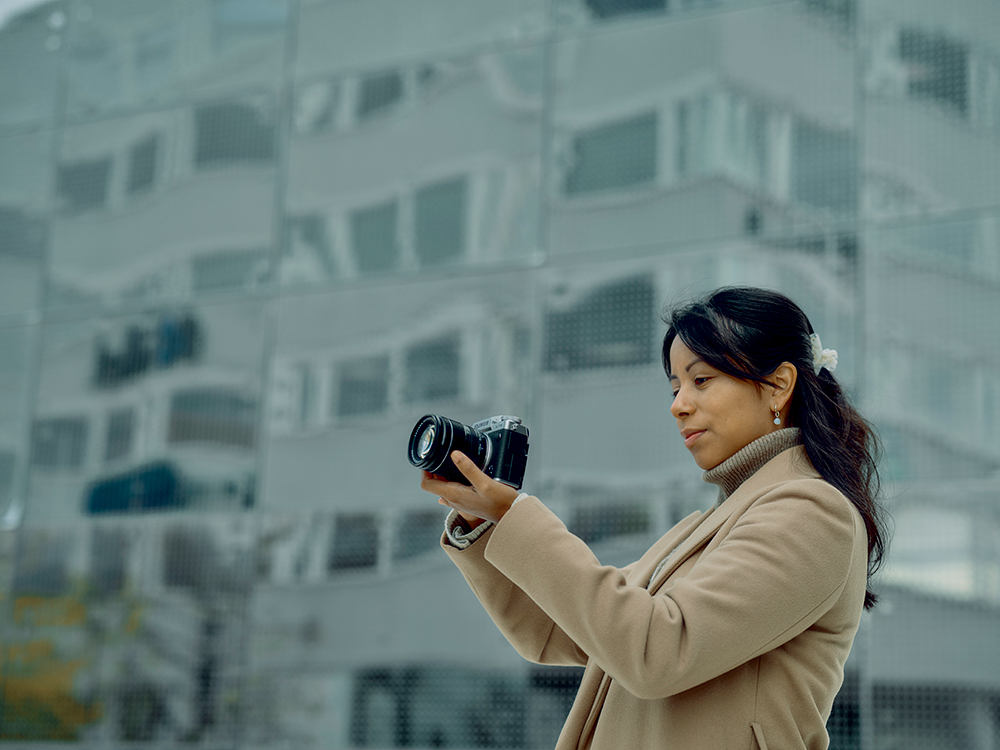
The table below highlights key specification from all three Fuji macro models.
|
Lens configuration |
11 elements in 9 groups (includes 3 aspherical and 2 ED elements) |
10 elements in 8 groups (includes 1 aspherical and 1 ED elements) |
16 elements in 12 groups (includes 1 aspherical, 3 ED and 1 super ED elements) |
|
Focal length (35mm format equivalent) |
f=30mm (46mm) |
f=60mm (91mm) |
f=80mm (122mm) |
|
Angle of view |
50.7° |
26.6° |
20.1° |
|
Max. aperture |
F2.8 |
F2.4 |
F2.8 |
|
Min. aperture |
F22 |
F22 |
F22 |
|
Aperture control |
|||
|
Number of blades |
9 (rounded diaphragm opening) |
9 (rounded diaphragm opening) |
9 (rounded diaphragm opening) |
|
Step size |
1/3EV (19steps) |
1/3EV (20steps) |
1/3EV (19steps) |
|
Minimum focus distance (mesured from focal plane) |
0.1m |
0.267m |
0.25m |
|
Max. magnification |
1x |
0.5x |
1x |
|
External dimensions : Diameter x Length (approx.) |
φ60mm × 69.5mm |
Φ64.1mm×63.6mm |
Φ80mm×130mm |
|
Weight (approx.) |
195g |
215g |
750g |
|
Filter size |
φ43mm |
Φ39mm |
Φ62mm |
Who is the Fujifilm X-T5 for?
Fujifilm has priced the X-T5 body and lens kits competitively, starting at £1699.00, which compares well to similar APS-C mirrorless cameras. The 40 megapixel resolution with 6.2K/30p and 4K/60p video are class-leading, ensuring this camera is enjoyed by advanced enthusiasts, professional photographers and established content creators.
For inspiration of how you can enjoy the X system, visit Fuji Love Magazine, which is packed with articles, resources and beautiful images shot on Fujifilm cameras.
Fuji’s promise of the best ever image quality has been realised in the X-T5, with lower noise, higher resolution single shot and huge resolution stitched images. Focusing is more proficient and recognises more diverse subjects, despite already being extremely refined in the previous camera. The upgraded EVF is not only blackout-free, but sharp, clear and responsive. There’s no element left untouched in this generation, starting with a beautifully designed camera body, which is as powerful and it is enjoyable to use.
Reserve your X-T5 Body Black or X-T5 Body Silver and start creating today, whether for your social media, a photography business or simply for the pleasure of creating beautiful images.
Share this post:
By Nick Dautlich on 02/11/2022
Nick Dautlich
Senior Content Writer and Product Reviewer
Nick Dautlich is the Senior Content Writer and Product Reviewer at Park Cameras, with over 15 years of photography experience. A Sony Imaging Professional and expert reviewer, Nick has worked with major brands such as Canon, Sony and Nikon. His work is also featured on Vanguard World UK’s website, Capture Landscapes, and Shutter Evolve. Nick’s photography includes National Trust projects and magazine covers and he is passionate about landscapes and storytelling. Nick also enjoys hiking and teaching his children about nature. Learn more on his profile page.

Trade in your old equipment
Fast and easy trade in service ensures your old gear is collected efficiently and you are paid quickly! It's very simple to trade in your unwanted photography gear. Just head over to our dedicated Sell or Part Exchange page, fill out the details, and we'll get back to you with an offer for your old gear. Take the cash, or put it towards the cost of your new gear. It's up to you! Find out more
sign up to the newsletter
Keep up to date on the latest photography news, events and offers. Sign up now

